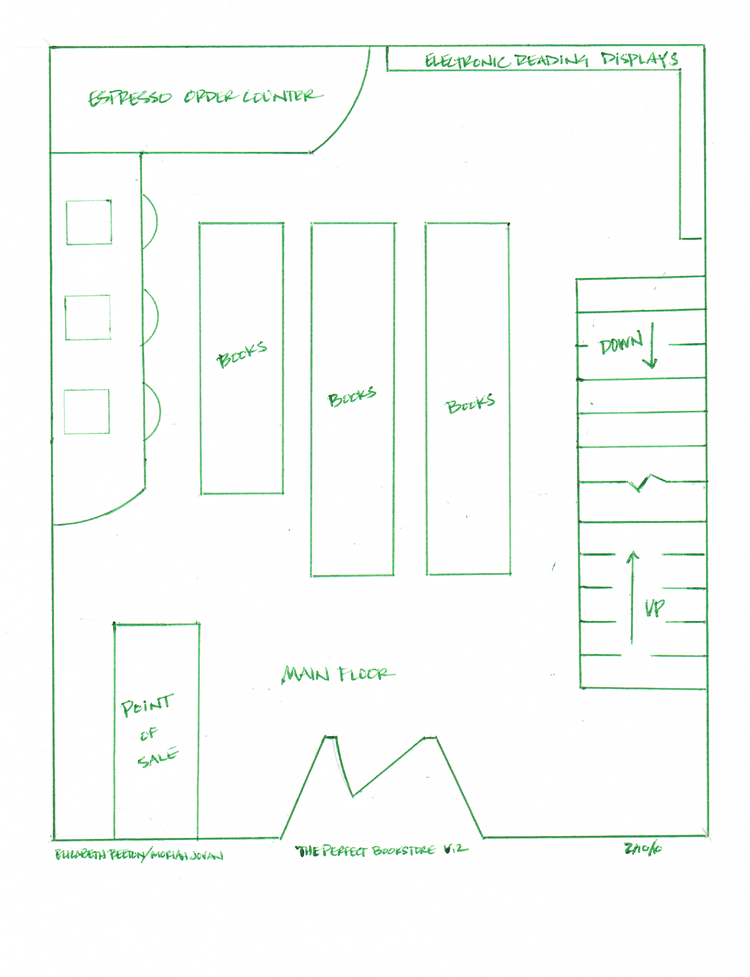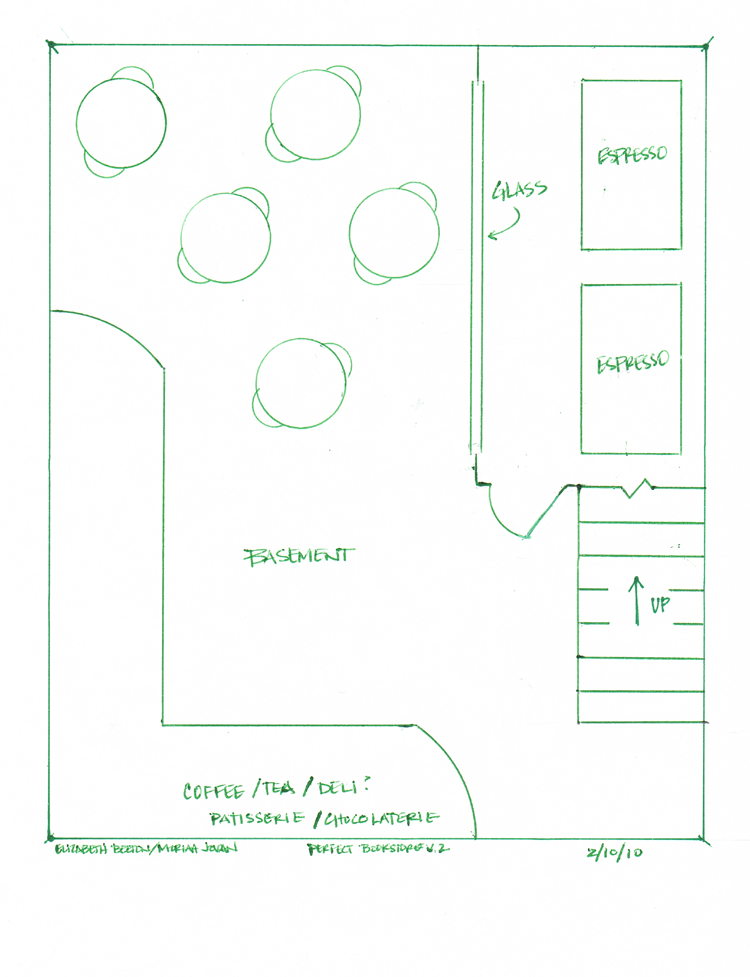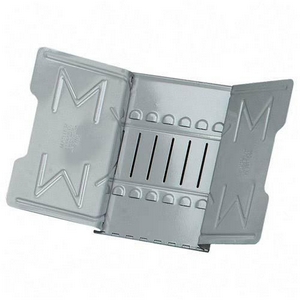I’m in the middle of writing Magdalene, book 3 in my series.
If you’re passingly familiar with Christian myth, it should be quite clear where I’m going with this.
But let me tell you a little about my main characters.
Mitch Hollander, PhD, metallurgical engineering; founder and CEO of Hollander Steelworks, headquartered in Bethlehem, Pennsylvania. He is also a widowed Mormon bishop who served half an 18-month mission in Paris, France. He likes fast cars and ZZ Top.
Cassie St. James, MBA; Vice President-Restructuring Division, Blackwood Securities. In a previous life, she was a high-dollar hooker. She is divorced, lives in Manhattan’s Upper East Side, has four adult children (all of whom live with her), engages in strategic revenge, and possesses a latent penchant for silliness.
So I was on the search for a special little gift that Mitch could give Cassie that meant something but was not expensive. After all, what do you give a woman who can buy anything she wants?
Naturally, I turned to books because I have a vested interest in people buying books (product placement!). I decided that Mitch might have a special book that he may have acquired on his mission and is probably in French. Naturally, I googled, and then headed over to Wikipedia where I stumbled upon a list of French novels. I doggedly worked my way through them one by one, read the synopses, then picked one based on a vague similarity of the plot to Cassie’s past.
I wrote it into my book as if I’d read the thing (but hadn’t), then decided I probably should read it. And it freaked me out. Big time.
The book? Angélique, the Marquise of Angels by Anne & Serge Golon, first published in 1958.
Unbeknownst to me, this was a huge hit in Europe and apparently a big hit here. I’d never heard of it, never stumbled across it in the intellectual drunkenness of my youth (that actually amazes me).
The book is heroine-centric, so it’s all about Angélique. The parallel I found between Angélique and Cassie was that they both had arranged marriages. The similarity stopped there.
Angélique didn’t know her contracted husband, feared him at first, then grew to love him.
Cassie knew the man she was to marry, adored him from afar and was eager to marry him, and then quickly realized that her marriage was a sham.
Cassie is familiar with the story via film, so she has no problem making this parallel and had, in fact, written a paper on it during her undergrad years.
What doesn’t show up in the plot summary is a description of the hero’s “unusual way of life.” Joffray (the hero) is described as “scientist, musician, philosopher.” I didn’t think much of it. Mitch is a scientist with his own lab, true, but he’s also a CEO and I’ve always thought of him in those terms. He’s not a musician. He’s not a philosopher. At heart, he’s a blue-collar steel worker who loves steel enough to reinvent himself and the industry; steel is his life’s work.
Turns out that Joffray’s science is metallurgy. That was freaky.
Turns out that Joffray is hung out to dry, religiously speaking, for reasons that have nothing to do with religion and everything to do with power, politics, and money. That was even freakier.
As I got deeper and deeper into the book, I felt like I’d entered the Twilight Zone.
Then I got to the end. Angélique plunges out into the cold night, penniless and powerless, to exact revenge. That is so Cassie. I nearly expired from the freakiness the universe had perpetrated upon my person.
I couldn’t have picked a better novel if I’d written it myself.
.
.
.
.
.
.
.
PS: Yes, I know Mary Magdalene wasn’t a prostitute.
PPS: In the mid-1980s, missions were, in fact, only 18 months long for men.





